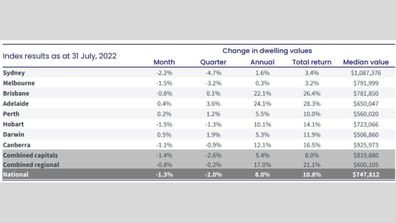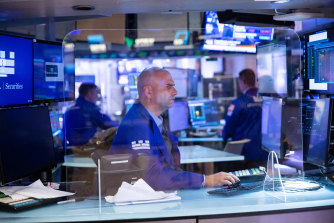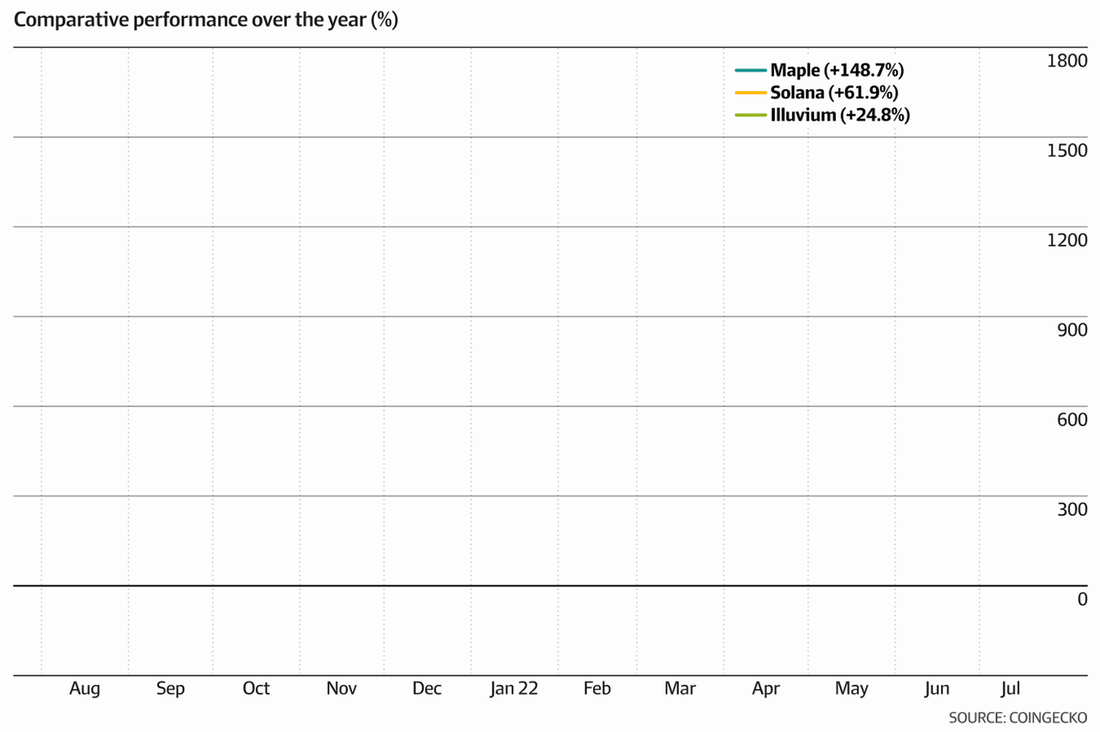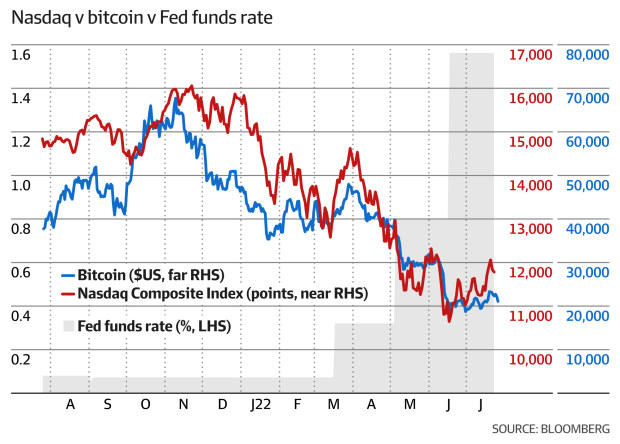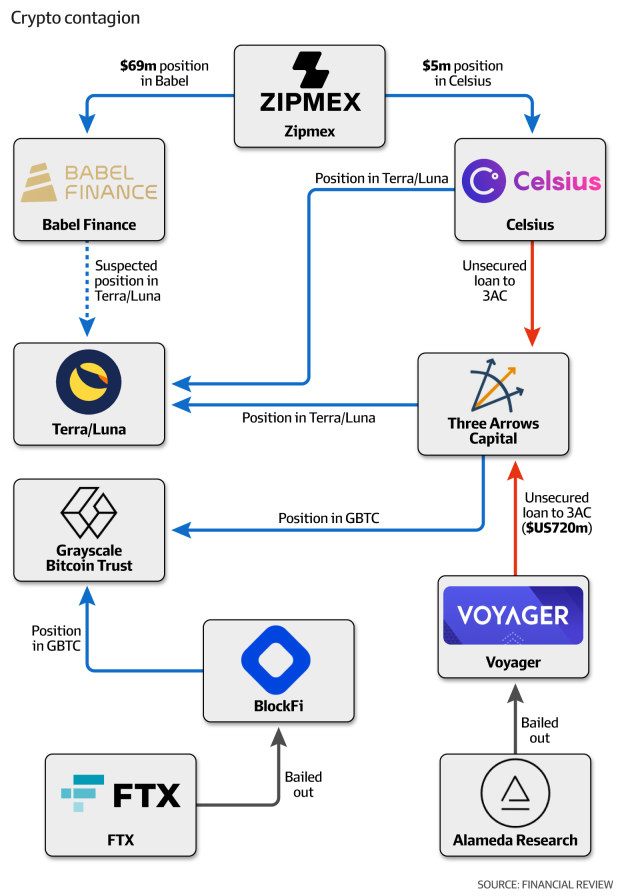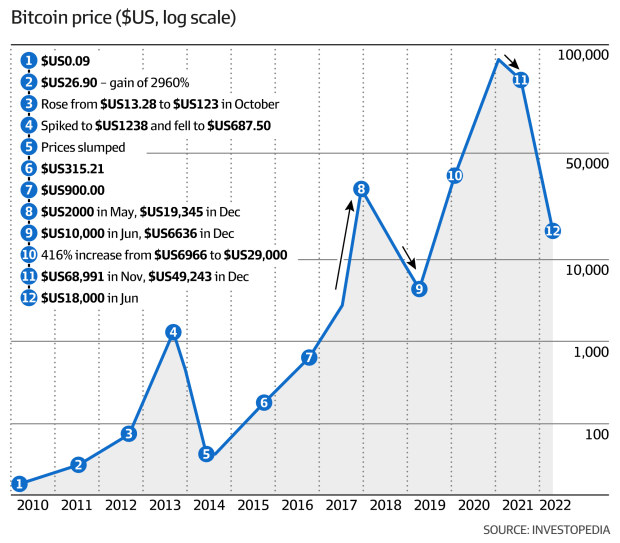THE ICONIC has slashed the price of tens of thousands of popular items including coats, ankle boots, beauty and more.
Read on for our guide to the best deals to be had at THE ICONIC. The bestbit? You can shop all the best deals online, no leaving the house required.
Our pick? These Levis Ribcage Straight Ankle jeans, which are now 40 per cent off.
BEST THE ICONIC JULY SALE OVERALL DEALS
•20 per cent off selected women’s designer from brands like Coach, Saint Laurent, Kate Spade and more
•30 per cent off selected men’s designer from brands like RM Williams, Polo Ralph Lauren, Montblanc and more
•30 per cent off selected new-in styles from brands like Marc Jacobs, Guess, AERE, Abrand and more
•Take 30 per cent off a range of Ray-Ban sunglasses
•40 per cent off selected winter clothing and accessories
•30 per cent off selected travel and luggage items
BEST THE ICONIC JULY SALE FASHION DEALS
Women
•40 per cent off selected women’s sleepwear and lingerie from brands like Ann Summers, Calvin Klein and more.
•Atmos&Here Bonnie Coat, $95.99 (down from $159.99)
•Aere Two Toned Oversized Knit Jumper, $126 (down from $180)
•Abrand A High Skinny Ankle Basher Jeans, $59.97 (down from $99.95)
•Atmos&Here Harper PU Biker Jacket, $59.97 (down from $99.95)
•Abrand A Carrie Jeans, $90.97 (down from $129.95)
•Dazie The Throw On Cardigan, $35.99 (down from $59.99)
•Levis Ribcage Straight Ankle Jeans, $89.97 (down from $149.95)
Menu
•40 per cent off selected men’s sweats from brands like Lee, Wrangler, Ellesse and more
•Lee Reversible Puffer, $179.97 (down from $249.95)
•Calli Basic Denim Jacket, $54.58 (down from $129.95)
•Archie Puffer Vest Blazer, $71.40 (down from $119)
•Polo Ralph Lauren Cotton Oxford Sports Shirt, $118.30 (down from $169)
BEST THE ICONIC JULY SALE ACCESSORIES DEALS
•Ray-Ban Clubmaster Polarized RB3016, $192.50 (down from $275)
•Ray-Ban Round Metal Polarized, $192.50 (down from $275)
•RM Williams 1 1/2” 3 Piece Solid Hide Belt, $97.30 (down from $139)
•RM Williams Logo Scarf, $69.30 (down from $99)
•Relic Jewelery Boyfriend Chain Necklace, $125.30 (down from $179)
•RM Williams Tri-Fold Yearling Wallet, $125.30 (down from $179)
•Coach Signature Hoop Earrings, $100 (down from $125)
•Versace The Clans VE4361, $273 (down from $390)
BEST THE ICONIC JULY SALE BAG DEALS
•Guess Kristle Top Handle Flap, $118.30 (down from $169)
•Peta And Jain Saint Tote Bag, $53.97 (down from $89.95)
•Herschel Novel, $112 (down from $160)
•Brie Leon Mini Camille Bag, $111.30 (down from $159)
•Guess Abey Crossbody Flap, $125.30 (down from $179)
BEST THE ICONIC JULY SALE SHOES DEALS
•RM Williams Lady Yearling Rubber Sole in dusty brown – ICONIC EXCLUSIVE, $416.50 (down from $595)
•ASICS Japan S – Men’s, $84 (down from $120)
•Timberland Womens 6-Inch Premium Lace Up Boots, $167.99 (down from $279.99)
•Alias Mae Tori, $202.97 (down from $289.95)
•Dr Martens Unisex 1490 Smooth 10-Eye Lace Up Boots, $204 (down from $340)
•VANS SK8-Low – Unisex, $97.97 (down from $139.95)
•Birkenstock London Oiled Leather – Unisex, $153 (down from $255)
BEST THE ICONIC JULY SALE SPORTS DEALS
•30 per cent off selected yoga and studio activewear from brands like Nike, Lorna Jane and Adidas
•30 per cent off sports winter clothing and activewear from brands like The North Face, Nike, Cotton On Body Active and more
•Nike Sportswear Tech Fleece Full-Zip Hoodie – Men’s, $98 (down from $140)
•Lorna Jane Lotus Ankle Biter Tights, $63 (down from $90)
BEST THE ICONIC JULY SALE BEAUTY DEALS
•Save up to 20 per cent off selected GHD hair tools
•GHD Max Wide Plate Straightener, $264 (down from $330)
•FOREO UFO Smart Mask Treatment – Pearl Pink, $223.30 (down from $319)
•FOREO LUNA play smart 2 Mint For You, $104.30 (down from $149)
•FOREO LUNA Mini 3 Facial Cleansing Massager – Lavender, $174.30 (down from $249)
•FOREO LUNA Go for MEN, $11.30 (down from $159)
•FOREO UFO Pearl Pink Set ft. Manuka Honey, $223.30 (down from $319)
•Save 20 per cent off a range of select Napoleon Perdis beauty products
•Who Is Elijah His Her 100ml, $127.20 (down from $159)
•Save 20 to 30 per cent off selected Scent Australia Home
•Elie Saab’s Le Parfum EDP 30ml, $73.50 (down from $105)
BEST THE ICONIC JULY SALE KIDS DEALS
•20 per cent off selected LEGO toys
•FOREO ISSA Mikro Toothbrush- Sunflower Yellow, $90.30 (down from $129)
•20 per cent off Jellycat toys
•30 to 40 per cent off selected Huxbaby babies and kids clothing, accessories
•30 to 40 per cent of selected Cotton On Kids clothing, shoes and accessories
•30 to 40 per cent off selected Tommy Hilfiger kids and teens clothing
BEST THE ICONIC JULY SALE HOME DEALS
•Up to 40 per cent off selected Hommey
•30 to 40 per cent off selected Sheridan bedding and towels
•Sheridan Limited Edition Lanham Silk Standard Pillowcase & Eyemask Set, $119.99 (down from $199.99)
•Crosley Mercury Turntable – Green, $229.46 (down from $269.95)
•LIND DNA 2-Set Table Mat Curve, $63 (down from $80)
•Aere Home Linen Quilt Cover Set in Queen, $154 (down from $220)
•Kip&Co Turkish Towel Range Bath Towel, $55.30 (down from $79)
•Joseph Joseph Flex Steel Toilet Brush, $48.97 (down from $69.95)
In the meantime, for some discounts to tide you over, don’t miss out on the news.com.au Coupons section. There, you can find savings on retailers like THE ICONIC, Myer, Adore Beauty and much more.
Finally, to ensure you’re on top of all the shopping news you need to know about, sign up to the Best Of Shopping newsletter here

Hannah PaineLifestyle Reporter
Hannah got her start in journalism writing for newspapers The Armidale Express and The Daily Advertiser, covering everything from cattle sales to psychic pigs. After her stint in regional journalism, Hannah returned to Sydney and followed her passion for reality TV by writing entertainment stories for Daily Mail Australia. While obsessed with all things to do with Married At First Sight and The Bachelor, she is still on the lookout for her de ella next big yarn involving a farm animal with ESP.
.



